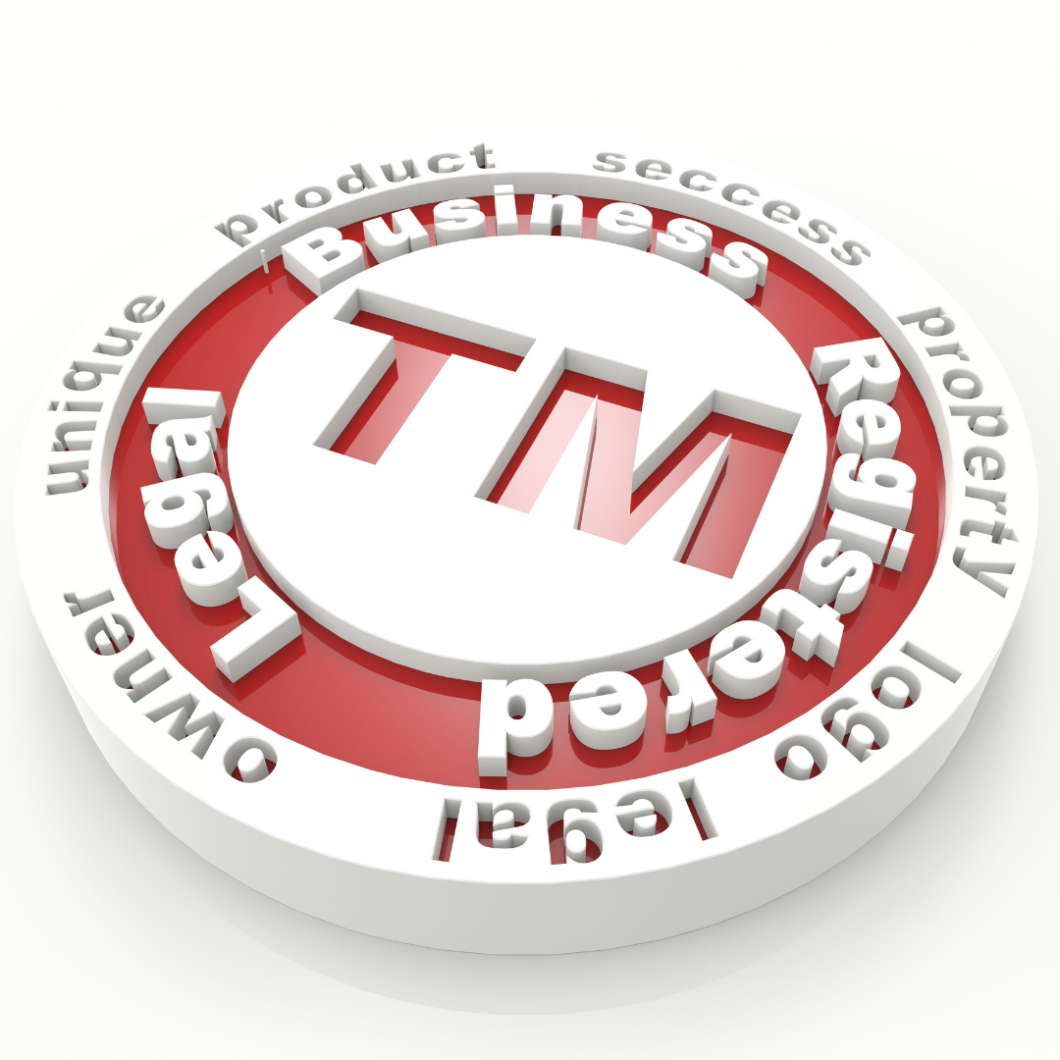
Against the backdrop of globalization and the expansion of online business activity, trademark infringement is on the rise. Most elements of business branding—name, logo, design—are readily available online, making it easier for people to knowingly or unknowingly use the intellectual property of others. As a business owner, you must prioritize both protecting your own trademarks and avoiding infringement of others’ marks. The following are important concepts to understand as you develop your business’s trademark strategy.
- What is a trademark? A trademark identifies a business or individual as the source of a good or service. It can take the form of words, phrases, symbols, designs, colors, or a combination of elements. Marks that identify the source of a service are called service marks; however, in practice, the term trademark is broadly used to identify both service marks and trademarks. The United States Patent and Trademark Office is the federal agency responsible for reviewing and registering trademarks in the United States.
- Trademark infringement is not limited to exact duplicates. The standard for assessing trademark infringement is likelihood of confusion. Under this standard, the question is not whether one mark duplicates or is likely to be confused with another, but rather how likely it is that consumers will be confused as to the source of a particular good or service as a result of the mark used in connection with offering that good or service. From a practical standpoint for business owners, this means that when you select or design a mark, it is not sufficient that the mark differs in some manner from that of a third party. Rather, the mark must be sufficiently distinguishable to avoid a likelihood of confusion as to its source. The likelihood of confusion analysis takes into consideration numerous factors beyond the similarity of the marks. For example, the relatedness of the goods and services at issue is also an important consideration. Thus, if two marks sound or look similar but are used in connection with products or services that are not related—for example, one company sells dog treats and the other sells power tools—there is less likelihood that consumers would be confused, and thus less basis for a determination of trademark infringement.
- Some trademarks are stronger than others. All trademarks are not equal: The more distinctive a mark, the stronger it is. Trademark law affords different levels of protection to marks depending on where they fall on a spectrum of distinctiveness, with the greatest scope of protection afforded to distinctive, strong marks. The strongest marks are arbitrary marks (such as Apple for computers) and fanciful or coined marks (such as Kodak) that have no relation to the goods or services for which they are used. By contrast, generic terms—that is, terms that name the goods or services offered—are the weakest marks. Adopting strong, distinctive marks is an important step in ensuring the broadest protection for your business’s marks.
- Trademark infringement can cost a business everything. The consequences of trademark infringement can be significant. When a business owner takes action against an alleged infringer, the infringer may be forced to cease business activity and repay the trademark owner for any financial damage caused by the infringement. If there is a dispute as to which party has stronger rights to a particular mark, trademark litigation can result, which can be lengthy and extremely costly. Even if a smaller business has a strong claim for trademark infringement, it may find it difficult to allocate the funds to pursue the claim. For businesses harmed by an infringer, the infringement can result in a decrease in direct sales, the dilution of its brand, and harm to its reputation. Thus, protecting your business’s trademarks and avoiding infringement of third-party marks is not merely a matter of intellectual property rights; it is of utmost importance to your business’s financial health and goodwill.
We Can Help
Developing a trademark strategy to protect your business’s brand requires careful consideration. We are here for you. Schedule an appointment with our office, and we will help you analyze your current trademarks to ensure that you are taking the necessary steps to protect them and are not infringing another’s mark.
